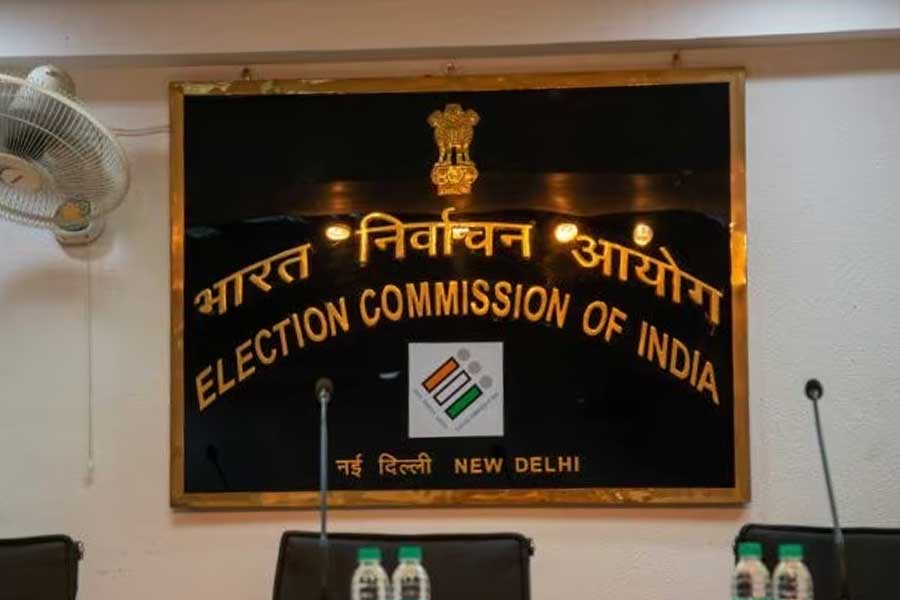The National Education Policy, it is feared, may undermine the progress made in general, professional, and technical higher education in the country. The data on education’s development, however, present a picture of which every Indian must feel proud. During this Azaadi Ka Amrit Mahotsav, we cannot help but recall the role played by higher education in the development of the nation. India must take pride in the fact that having started with less than two dozen universities, 500 colleges and merely a lakh students enrolled in higher education on the eve of Independence, it now has one of the largest systems of higher education in the world.
As of now, the country has close to 1,100 universities, 40,000 colleges, and 11,000 stand-alone higher education institutions besides a large number of polytechnics, which many countries count among their tertiary education. With over 38.5 million students in 2019-20, which may have now crossed 40 million, India today can legitimately boast of being the second-largest system of higher education.
Enrolment in higher education in India is greater than the entire population of at least 160 countries. The participation rate in higher education has also gone up from less than one per cent in 1950 to 27.1 per cent in 2019-20 in the age bracket of 17-23 years. If we consider the age cohort of 18-22 years, the gross enrolment ratio in higher education would exceed 29.3 per cent. Going by the prevailing rate of growth in enrolment, India would accomplish the targeted GER of 50 per cent by 2035. Increasing the minimum prescribed duration of undergraduate programmes from three to four years, as provided for by the NEP, may help achieve the target earlier.
The most remarkable achievement has been in making the country’s higher education equitable. Women now constitute 49 per cent of the total enrolment in higher education. The Gender Parity Index in higher education is now more than0.94. Similarly, scheduled castes, scheduled tribes and the other backward classes now constitute 14.7, 5.6 and37 per cent, respectively, of the total enrolment in higher education.
But there are areas of significant concern.
The substantial increase in women’s enrolment notwithstanding, there is still avoid in many disciplines, particularly in different branches of engineering. Muslims —they constitute almost 15 percent of the population — have a 5.5 per cent representation in higher education. The participation of SCs and STs is still far below the national average.
India’s accomplishments are also undermined by the poor quality of higher education institutions and programmes. Our best institutions compare poorly with their international counterparts even though the quality of higher education has improved on almost all performance parameters since Independence.
The nation must shed the dubious distinction of delivering maximum output per dollar of input in higher education. This is a sad commentary on the state of underinvestment in higher education. It must commit to investing heavily in higher education. Sadly, the combined expenditure of the Union and the state governments on university and higher education has plummeted from 0.86 percent of the GDP in 2010-11 to 0.52 per cent in 2020-21. The Centre’s total expenditure on higher education dropped drastically from 0.33 percent of the GDP in 2010-11to a measly 0.16 per cent in2019-20. The total expenditure on higher education by the states slid from 0.53 percent of GDP to 0.36 per cent during the corresponding period. These trends have to be reversed for India to become an economically developed country.
Considering the fact that India is, at present, a lower middle-income economy, a self-financed, privatised higher education may not serve the purpose. Can we expect a nation to afford privatized higher education at a time when over 60 per cent of its population has to be provided free rations to escapedestitution?











